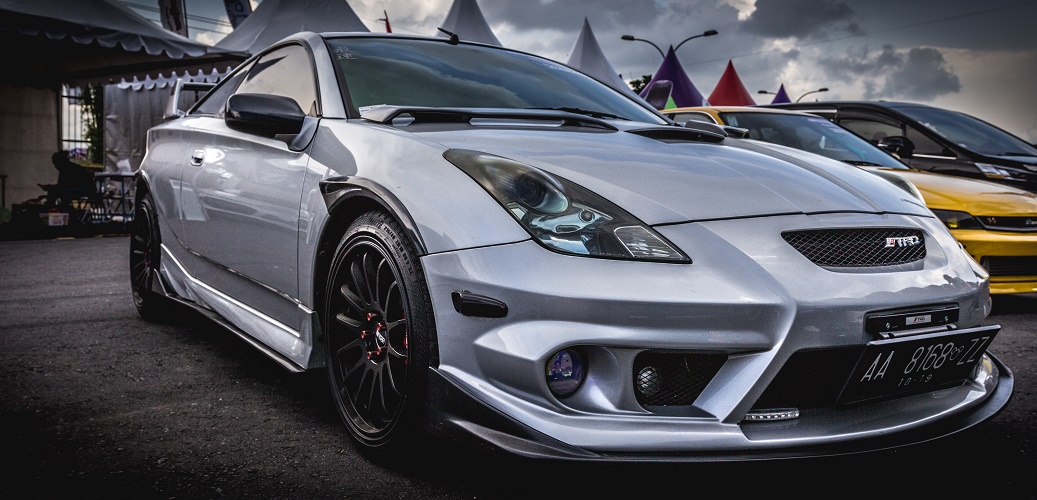Oxidization has been the mortal enemy of cars since the first motorized carriage. Today’s vehicles use special paints and sealants designed to protect against corrosion, but rust still happens. Often, you’ll see rust develop on older cars where paint has worn thin, perhaps cars you’d like to keep in good working order.
It is possible to repair your car if it begins to rust. The best defense is to keep an eye out for signs rust is starting and regularly remove salt and moisture from paint, but if you do notice the signs of rust beginning, here’s what you should do.
- Assess the Damage
Rust starts small and spreads through a car’s sheet metal like cancer. That’s why you must inspect your car’s underbody and other places where bare metal gets exposed to moisture regularly. When buying a used car, a rust inspection should always be part of your pre-purchase routine. If your car has paint damage, expect rust to start there first.
If you see the signs of rust beginning early, you can probably remove it by sanding it away. For larger rust spots, you’ll need to resort to cutting them out and replacing the body panel or using a body filler to repair the lost material and restore your car’s structural rigidity.
- Touching up Surface Rust
When you notice small blemishes or scratches in your car’s paint, use the touch-up paint that came with your car to fill them. If you no longer have the paint, your local dealership should be able to source some for you. By sealing the area off from the elements, you’ll eliminate the chance of rust forming.
If you do notice rust beginning to form, you can sand it away while it’s still on the top layer of your car’s body panel. Mask the area off like you’re going to paint it. Clean the area thoroughly, then use sandpaper or a grinder to remove material until you see bare metal. If the rust is new, you won’t need to apply any body filler and can apply primer and then paint over the restored area.
When rust has penetrated deeper into body panels, you’ll need to remove more material, which will make the car’s body lines choppy. Use an automotive body filler to smooth over these areas, taking care to shape the filler with special plastic tools that won’t damage the paint around the area, so the finished product will look like it did from the factory.
- Repairing Scale Rust
Sometimes rust penetrates deep into a body panel and begins to warp the panel itself. In many cases, once rust reaches this stage, it’s best to remove the body panel and replace it with a new-old-stock or OEM replacement. However, sometimes that’s not an option and you’ll have to repair the rusted panel due to difficulty finding parts, cost constraints, or other conditions.
You’ll need to patch areas of the metal that are deeply pitted or rusted through with a patch panel, which will require welding into place. Once you’ve installed the panel and used filling compound to treat less damaged areas around the major repair, be sure to thoroughly sand the area, apply self-etching primer, and then repaint the affected area, finishing with multiple layers of paint-protecting clear coat.
Some of you reading this will never own a car old enough to develop rust, but if you’re not careful, even shiny new cars can be susceptible to the brown cancer in the right conditions. Remember to regularly clean your car’s paint along with the underbody if you frequently drive in foul weather, and perform regular inspections. Fixing rust is a great skill to have, but it’s one you hope you’ll never have to use.


